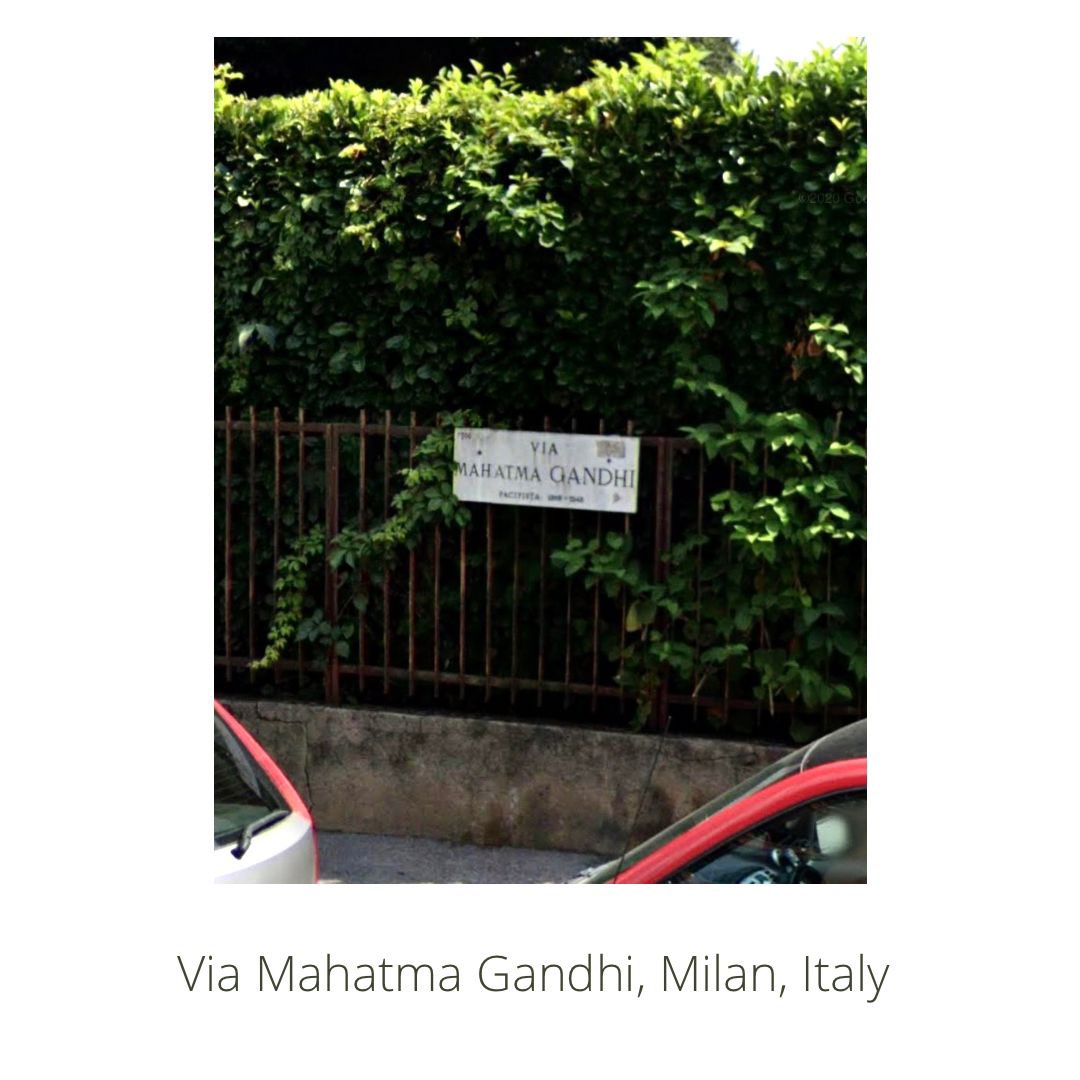
A thread on the astonishing story of how apples were introduced in Himachal Pradesh.
When the snow melts in Himachal Pradesh, orchards spring to life with apples of different hues. But who had introduced apples to the Himachal? (1/12)
When the snow melts in Himachal Pradesh, orchards spring to life with apples of different hues. But who had introduced apples to the Himachal? (1/12)

Apple cultivation was introduced to Himachal by an American gentleman named Samuel Stokes, son of a wealthy American businessman. Instead of joining his family business, Samuel decided to help less fortunate Indians. (2/12) 

Stokes first came to India in 1904 from Philadelphia as an ardent Christian Quaker missionary and began by caring for leprosy sufferers in the Sabathu Leper Home in the Solan district of Himachal Pradesh. (3/12)
However, he soon understood that his white skin was a barrier in earning the trust of the locals and started learning the local Pahadi language, understanding local culture and donning ethnic clothes. (4/12) 

He loved the mountain culture of India so much that he married a local first-generation Rajput Christian girl named Agnes, bought the tea estate land of Emma Matilda and settled permanently in India. (5/12) 

Stokes, also responded to his inner call, and wholeheartedly supported India’s freedom revolution, joined Gandhi’s non-cooperation movement and became the only American to become a member of the All India Congress Committee. (6/12) 

He started opposing many British policies and in 1921 became the only American to be imprisoned by Great Britain during the Indian freedom struggle under charges of sedition against the British government. (7/12)
Meanwhile, his social work in Himachal Pradesh continued beyond the Organizational bureaucracy of the Church. The “Christian Sannyasi” also started introducing many rare agricultural pieces of literature. (8/12)
He started cultivating a strain of apples developed by the Stark brothers from the United States, which were suitable for the Simla Hills and almost singlehandedly transformed Himachal as the capital of apple cultivation. (9/12)
As his aversion towards Church’s policies grows, he mover closer to Hinduism and even took a Hindu name - Satyananda Stokes. Agnes took the name Priyadevi despite resistance from her family. (10/12)
This was the incredible story of American social reformer Samuel aka Satyanand Stokes, who introduced apples to Himachal and is also a forgotten name in India’s freedom movement. (11/12)
Photo: fortuneindia.com, Wikimedia, homegrown.in.
Source: An American in Khadi. The Definitive Biography of Satyanand Stokes,” by Asha Sharma. (12/12)
Source: An American in Khadi. The Definitive Biography of Satyanand Stokes,” by Asha Sharma. (12/12)
• • •
Missing some Tweet in this thread? You can try to
force a refresh












